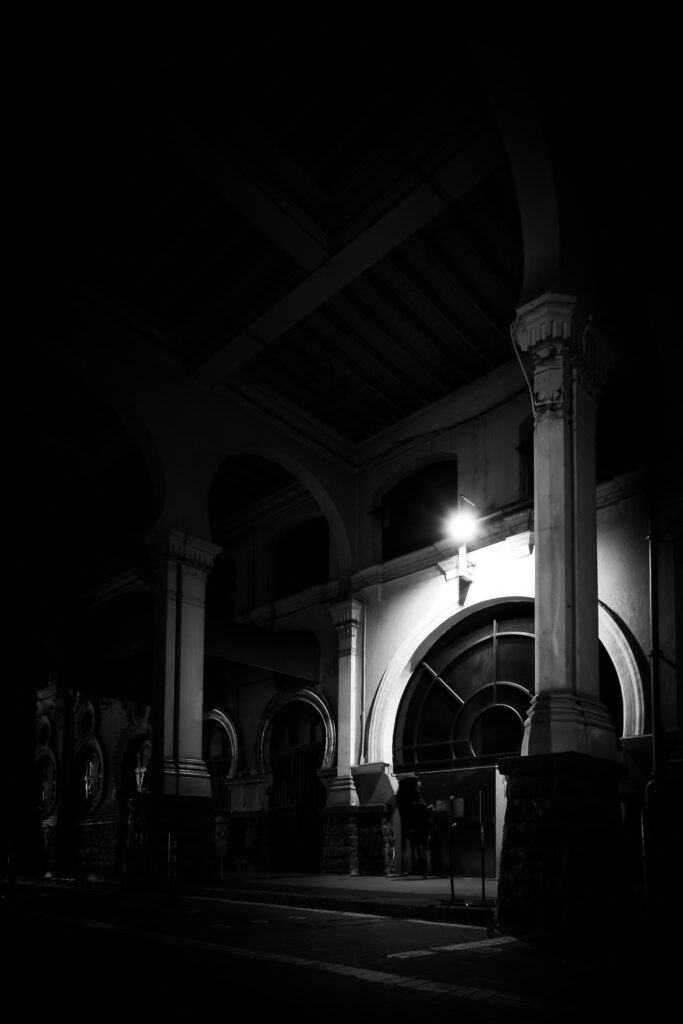As the sun casts its warm glow upon the timeworn facade of Kuala Lumpur Train Station, one cannot help but feel a sense of both nostalgia and anticipation. This architectural relic, standing at the crossroads of history and modernity, holds secrets within its weathered walls.
Yet, as you rightly observe, there lies a poignant contrast—a juxtaposition of potential and neglect. The station, once a bustling hub of arrivals and departures, now wears the cloak of faded grandeur. It yearns for rejuvenation, a breath of fresh air that would awaken its dormant elegance.
Tourists, with their curious eyes and cameras in hand, arrive expecting a glimpse of the past—a portal to a bygone era. Instead, they encounter a building that wears its scars openly, like a proud survivor. The peeling paint, the creaking wooden benches, and the rusted ironwork—all bear witness to countless journeys.
But let us not dwell solely on its faded glory. Beneath the layers of neglect lies a canvas awaiting an artist’s touch. The architectural details—the arched windows, the ornate cornices, and the majestic clock tower—speak of a time when craftsmanship was revered.
Imagine this station restored—a symphony of polished marble, gleaming brass, and sun-kissed tiles. The echoes of footsteps replaced by the hum of conversation, the scent of freshly brewed coffee lingering in the air. Tourists would no longer sigh in disappointment; they would marvel.
So, let us advocate for its revival. Let us envision a Kuala Lumpur Train Station that transcends mere functionality—a cultural beacon, a meeting point, a destination in itself. For within its faded walls, the spirit of travel still lingers, waiting for its second act.
